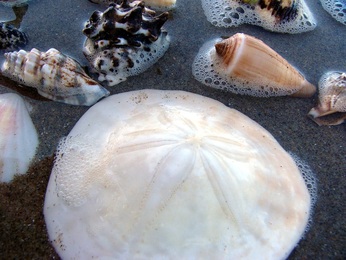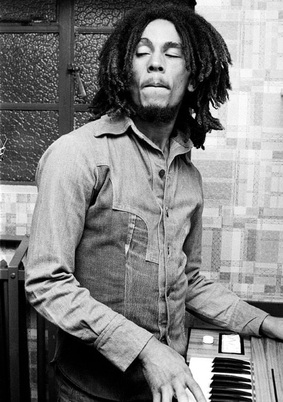I'll never forget how I learned the chords I am about to show you. I was a freshman in college playing piano in one of the music department's big bands. We were playing a blues, a Count Basie arrangement, and I was happily plunking away in the rhythm section.
Back then, when I didn't know better, I had a pretty rough concept of "two-handed" voicings: I had some nice-sounding one-handed rootless chords that I learned from my high school jazz piano teacher, so I did what any reasonable young musician would do: I played the exact same voicing in both hands, one octave apart.
When the band leader stopped the ensemble to work with the horns, I got a tap on my shoulder. Little did I know, the director of the jazz department, the head honcho himself, was standing right behind me watching me play. He asked why I was playing my chords in such a dense way. "Well," I timidly replied, "I'm not so sure."
He motioned for me to move out of the way, sat down at the piano, and played piano voicings that sounded like they came down straight from the jazz gods. So clean, so open, it was the sound I had been hearing on all my jazz CDs but never figured out how to play. He said, "Hear these chords? Learn these. I'll wait while you write them down." I scurried to my backpack, grabbed some manuscript and wrote down the voicings I am about to show you.
I love this kind of learning, not from a book or a video (no offense Piano Shed!) or a planned piano lesson, but an impromptu moment when someone teaches you something out of the blue. It's so old school, I wish it happened more in this day in age when we have endless information at our fingertips! I think this is the kind of learning that really sticks to us and this is why I'll never forgot the day I learned these chords.
Without further ado, here they are in all their glory. And a special thanks to the director of the jazz department that gave me these chords that day, wherever you may be. Well, I have a feeling I know where you are. You are probably giving some young, impressionable 18-year-old a hard time for his clumsy chords.
Happy Shedding!



 RSS Feed
RSS Feed